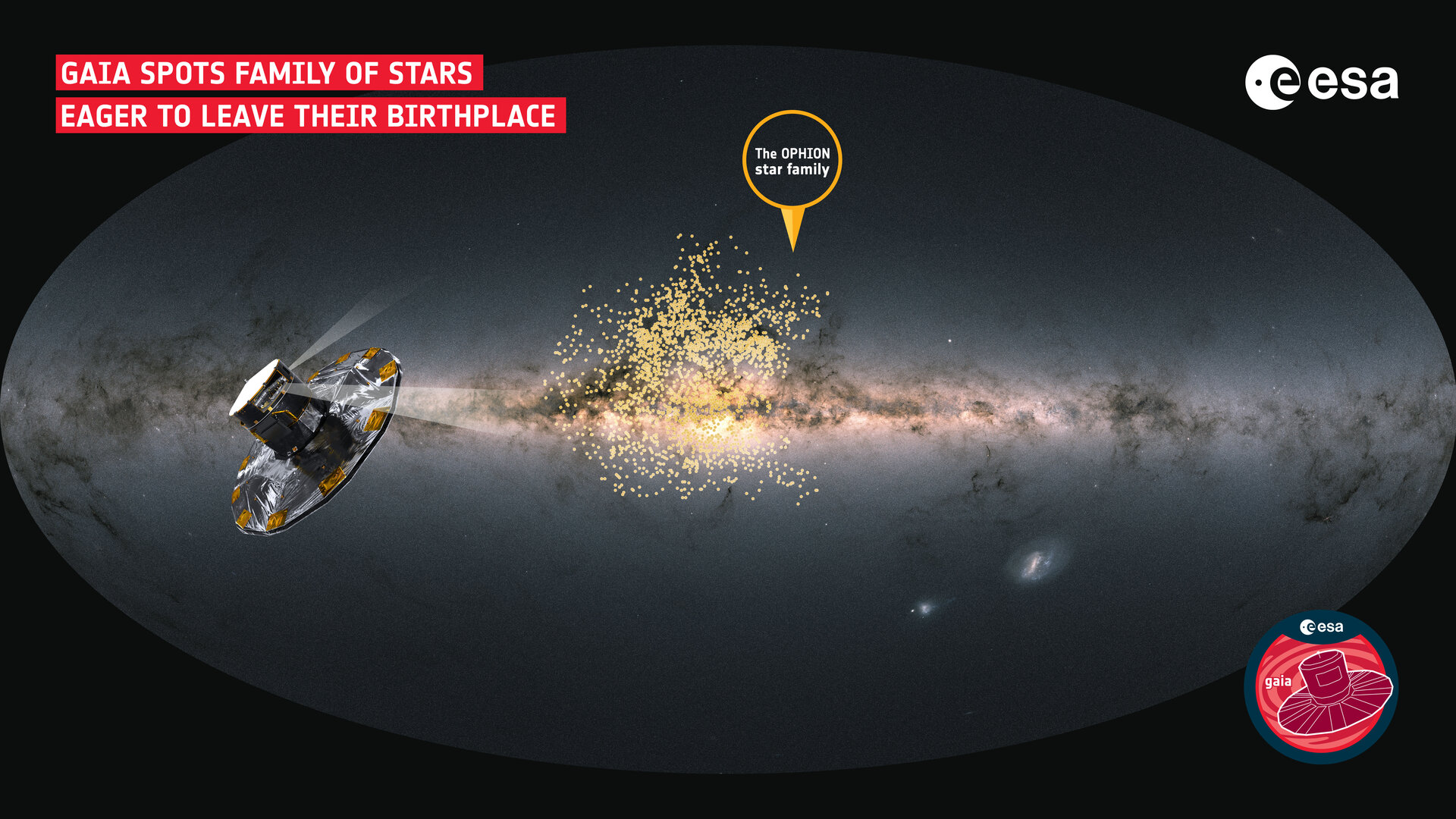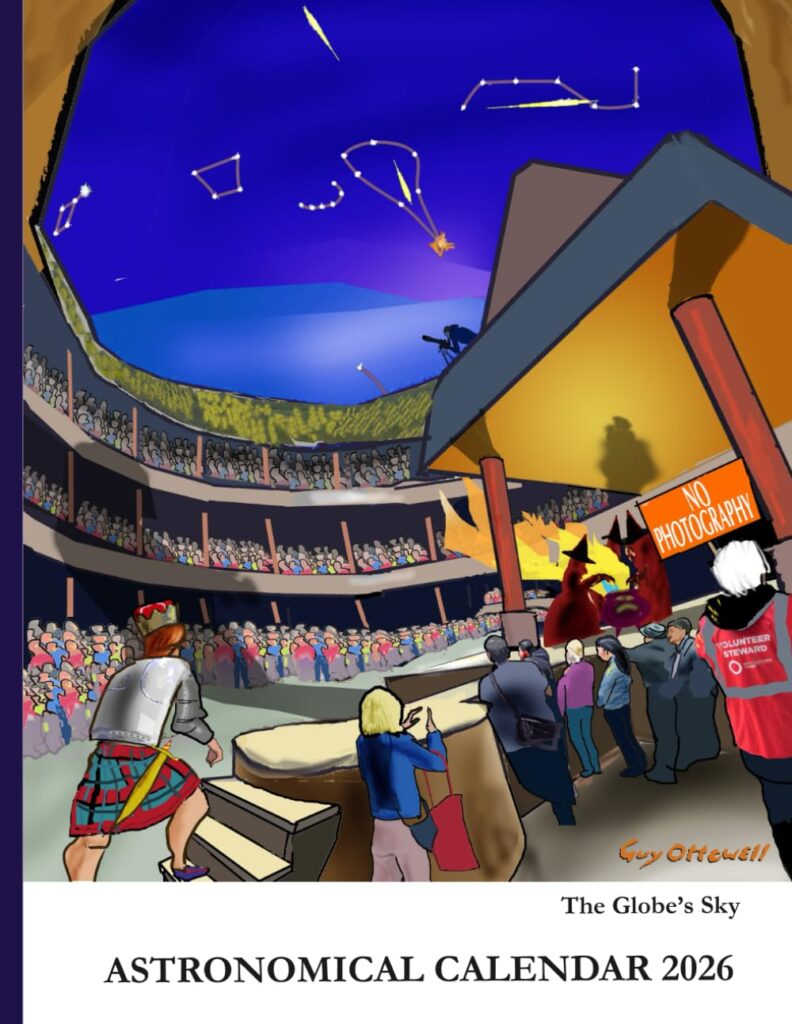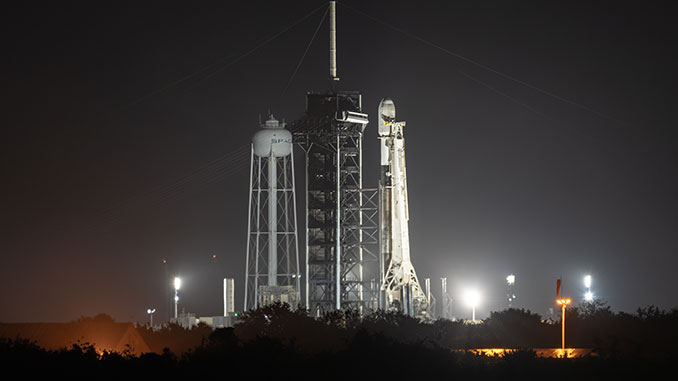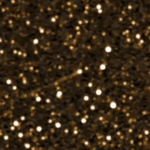Now Reading: Ophion Star Family Defies Stellar Dynamics with Chaotic Scattering Behavior
-
01
Ophion Star Family Defies Stellar Dynamics with Chaotic Scattering Behavior
Ophion Star Family Defies Stellar Dynamics with Chaotic Scattering Behavior


In the cosmic panorama, where stars are born and flourish within familial clusters, the Ophion star family presents an enigma that defies typical stellar dynamics. Nestled approximately 650 light-years away, this massive assembly of over 1000 young stars is exhibiting behavior that seems to betray the very nature of star family cohesion. Unlike most star clusters, which retain a semblance of order as they journey through the galaxy, Ophion is set for a swift and chaotic scattering this is as perplexing as it is fascinating.
Dylan Huson, the leader of the research team at Western Washington University, articulates the peculiarity of Ophion: “What’s more, this will happen in a fraction of the time it’d usually take for such a large family to scatter. It’s like no other star family we’ve seen before.” This uncoordinated flight from their common origin poses questions about the forces at play in their galactic neighborhood and challenges long-standing theories about stellar formation and evolution.
The implications of Ophion’s behavior stretch far beyond this singular star family. Traditionally, stellar families are identified by their shared motion through space; they move together as coherent units, influenced by their mutual gravitational attraction. However, the chaotic dispersal predicted for Ophion suggests that external perturbations—possibly from interactions with nearby massive star groups—might have played a significant role in shaping its trajectory. Such disturbances could include gravitational interactions with neighboring stellar clusters or even ancient supernova events that may have expelled material, scattering the stars far beyond their expected paths.
Marina Kounkel from the University of North Florida underscores the mystery enveloping Ophion: “We don’t know exactly what happened to this star family to make it behave this way, as we haven’t found anything quite like it before. It’s a mystery.” The very essence of this mystery beckons us to rethink our understanding of star dynamics and the factors influencing the lives of these luminous entities.
As astronomers delve into the data bequeathed by the Gaia mission, they uncover a rich tapestry of stellar behavior that has been previously unobserved. The data retrieval through the Gaia Net model has revolutionized our approach to studying young stars, allowing researchers to hone in on the characteristics of over a thousand stars that might have otherwise eluded detection. The innovative techniques employed by undergraduate and postgraduate students, who crystallized the Gaia data into coherent models, exemplify the unexpected collaborations that can flourish when open-access data is leveraged for exploration.
What does the future hold for the Ophion star family? As Gaia’s mission comes to an end, the anticipation of upcoming data releases offers a beacon of hope for further discoveries. The insights gained from the study of Ophion may not only illuminate the peculiarities of this exceptional family but also shed light on broader phenomena affecting star formation and evolution throughout the Milky Way. In a universe so vast and mysterious, every discovery becomes a stepping stone towards greater understanding, a testament to humanity’s quest to unravel the threads of our cosmic ancestry.
New models and methodologies are redefining our comprehension of stellar dynamics, particularly as we continue to explore the complexities presented by the Ophion star family. This unusual gathering of over 1000 stars challenges conventional wisdom about how star clusters behave over time, suggesting a need for a paradigm shift in the study of their evolution and interactions. Conventional models, which often rely on the presumption of a family’s coherent movement through space, fall short in the face of such erratic behavior.
The introduction of Gaia Net has been instrumental in this exploration. By scrutinizing spectroscopic data, researchers can glean insights into the ages, compositions, and velocities of unprecedented numbers of stars. In this context, the peculiarities of Ophion become even more pronounced. These stars, still in their youth—under 20 million years old—should typically exhibit a cohesive movement, bound by gravity to their birthplace. Yet, the predictions indicate a rapid and chaotic scattering, a phenomenon that appears to defy conventional stellar dynamics. This has led researchers to consider the underlying mechanisms at play, prompting extensive investigation into the environmental impacts surrounding these stars.
Cosmic interactions often shape the fate of star families, and it is plausible that Ophion’s journey is being influenced by nearby massive star clusters. Such interactions can impart kinetic energy to stars, accelerating them into different orbits or ejecting them from their original clusters entirely. The vicinity of Ophion might harbor massive stellar gatherings that engage in intricate dance-like interactions, gravitationally perturbing the stars of this family and propelling them into uncharted territories of the galaxy.
Furthermore, the specter of supernovae also looms over the history of this stellar family. Evidence suggests that past explosive events, stellar deaths that unleash powerful shockwaves, could have stripped Ophion of surrounding material, severely disrupting its gravitational cohesion. The force of these cosmic explosions can send stars hurtling into space at staggering velocities, an effect that may well explain the erratic paths predicted for the Ophion stars. Such events serve as a sobering reminder of the tumultuous nature of stellar life, where birth and death collide with cosmic grandeur.
As scientists delve deeper into the Gaia data, the collaborative nature of this research becomes apparent. The involvement of students from various disciplines underscores the transformative potential of shared knowledge. Their innovative spirit has fostered new approaches to data analysis, highlighting the importance of interdisciplinary collaboration in unraveling the mysteries of our universe. By using Gaia’s extensive dataset, these researchers have not only advanced our understanding of Ophion but have also paved the way for future discoveries across the cosmos.
The revelations surrounding Ophion compel astronomers to reassess how we recognize and categorize star families. The traditional methods that have served us well for decades now appear inadequate for explaining the diverse dynamics of stars in different environments. As we piece together the narrative of Ophion, we confront the exhilarating challenge of redefining our frameworks for understanding stellar evolution—a task that demands both creativity and rigor.
The impending Data Release 4 from Gaia, expected in 2026, could yield even further insights and revelations. This trove of data may not only clarify the complexities surrounding Ophion but also unlock new paths of inquiry into other star families and the broader fabric of our galaxy. Each fragment of knowledge gleaned from Gaia’s mission enriches the collective human story—a tale interwoven with the stars, where every discovery is a brushstroke in the grand cosmic masterpiece.
Stay Informed With the Latest & Most Important News
Previous Post
Next Post
-
 012024 in Review: Highlights from NASA in Silicon Valley
012024 in Review: Highlights from NASA in Silicon Valley -
 02Panasonic Leica Summilux DG 15mm f/1.7 ASPH review
02Panasonic Leica Summilux DG 15mm f/1.7 ASPH review -
 03How New NASA, India Earth Satellite NISAR Will See Earth
03How New NASA, India Earth Satellite NISAR Will See Earth -
 04And Thus Begins A New Year For Life On Earth
04And Thus Begins A New Year For Life On Earth -
 05Astronomy Activation Ambassadors: A New Era
05Astronomy Activation Ambassadors: A New Era -
06SpaceX launch surge helps set new global launch record in 2024
-
 07From Polymerization-Enabled Folding and Assembly to Chemical Evolution: Key Processes for Emergence of Functional Polymers in the Origin of Life
07From Polymerization-Enabled Folding and Assembly to Chemical Evolution: Key Processes for Emergence of Functional Polymers in the Origin of Life




















